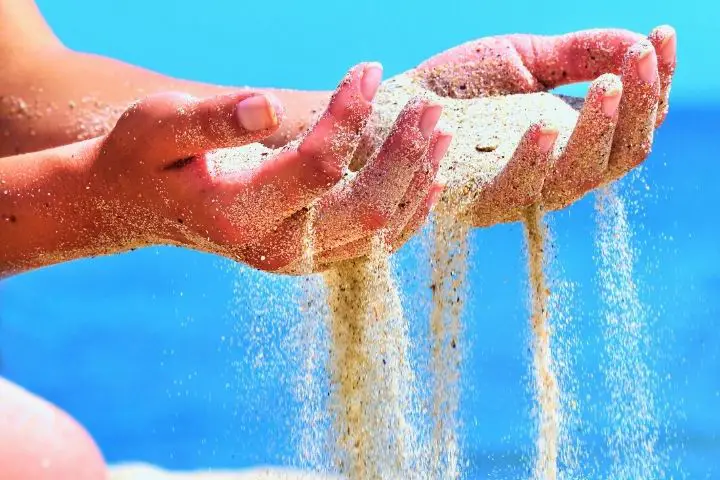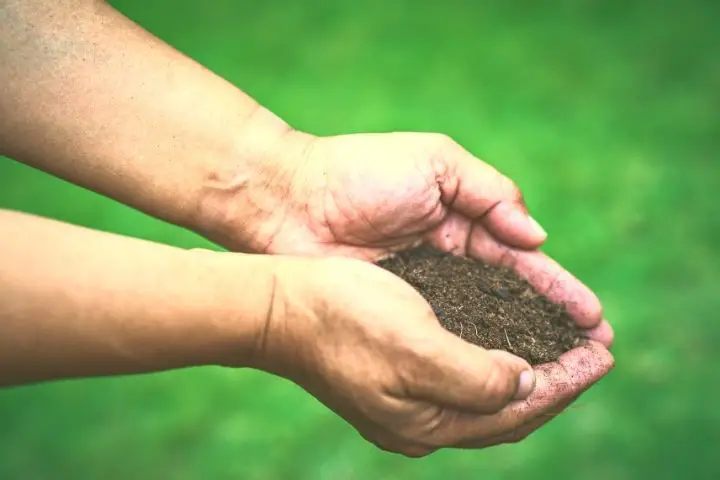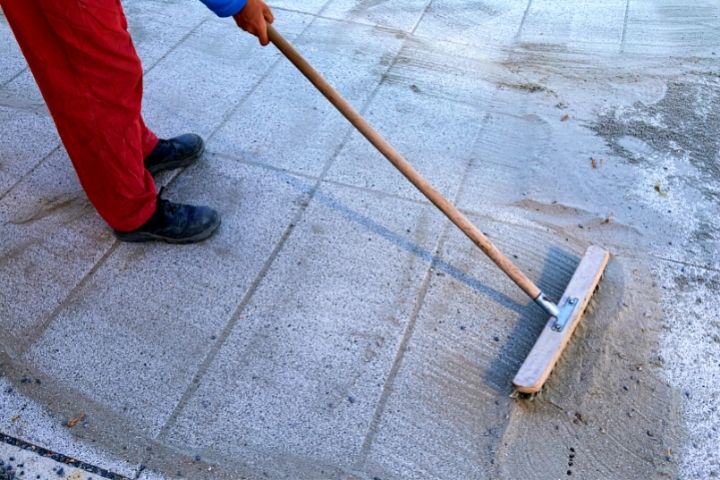Will Grass Grow Through Sand? (Watch out for your kids sandbox)
Soil composition is one of the most fascinating parts of gardening science. The amounts of various organic and inorganic materials in soil play a critical role in how your landscape plants access water, oxygen, and nutrients.
Balanced soil is the key to gardening success. Unfortunately, we don’t have much control over the composition of our native soils. This can be a big problem for those of us living in super sandy areas.
Grass can and will grow through sand.
Either way, it will take a bit of work to produce a truly lush lawn or fully eliminate unwanted grass from your sandbox.
How Is Sand Different From “Normal” Soil?
To truly understand the role sand plays in your lawn’s health, you need to know two things:
- There is no such thing as “normal” soil. Soil is just a collective term for the minerals, organic matter, liquids, gasses, and even living organisms that cover the earth’s surface (and fill our garden beds).
- Sand particles are found in all healthy soil, no matter how far from the beach your lawn may be.
In terms of soil composition, “sand” is far from a dirty word.
Actually, most common grass species prefer soil that is 70% sand.

Sand is great for drainage. It also creates pockets of air within the soil, ensuring plant roots have access to plenty of oxygen.
Problems arise when soil contains too much sand. Because of the large gaps present between sand particles, the soil will have an extremely hard time retaining water and nutrients. If the soil lacks water and nutrition, your lawn’s roots will be forced to go without as well.
Overly sandy soil can also be bad for the environment. Fertilizers applied to extremely sandy soil will flow straight through to the nearest body of water.
How Do You Get Grass To Grow In Sand?
Choose A Drought-Tolerant Species
Because a lack of moisture is one of the most common problems associated with sandy soil, drought-resistant grass is a must.
Turfgrass is not your only option when planting a sandy lawn. Many eco-friendly ground cover plants outperform grass when it comes to drought tolerance, making them perfect for sandy areas.
Amend The Soil Before Planting
Amending the soil involves changing the natural composition by adding more organic matter, silt, clay, etc. A professional soil analysis is the best way to pinpoint what your soil will benefit from.
While amending the native soil is not effective for all plant varieties, grass is a prime candidate. Since turfgrass roots are relatively short — versus, say, a tree — you’ll only need to amend a few inches of topsoil.
Apply Organic Matter Regularly

Again, sandy soil struggles to hold onto moisture and key nutrients. Topdressing the soil with organic matter — e.g., by using a compost spreader — will boost its ability to store water and nutrients so your lawn has access to everything it needs.
How To Prevent Grass Growing Through Sand
Of course, there are plenty of reasons to specifically NOT want grass to grow in sand!
Here’s how to prevent grass from taking over your children’s sandbox or the spaces between your patio pavers:
Play Sand
Unlike naturally occurring sand, play sand generally doesn’t offer a comfortable place for grass to grow. But particularly resilient varieties may still manage to poke their way into your backyard sandbox or play area.
Even if turfgrass doesn’t appear in your children’s sandbox, weedy grasses like crabgrass or quackgrass are likely to make the play sand their new home.
Covering the ground beneath any play sand with a plastic or fabric barrier is a great way to stop grass growing from the soil below. Many of our favorite ready-made and DIY sandbox kits come with some type of ground cover for this exact purpose.
However, grass will not just invade your play sand from below. Seeds can blow into the sand and germinate as well.
To prevent seeds from getting mixed into your sandbox, you should cover the box whenever it is not in use. This will also keep the sand inside safe from wandering pets and wild animals that can spread disease!
If your play sand has already been overrun by grass (turf or otherwise), starting over is probably the best option. Replace the sand inside with fresh material, and invest in a high-quality ground barrier and cover to prevent new grass from taking over in the future.
Paver Sand

Fresh, properly installed paver sand should not have grass growing through it. With time, however, the particles will become loose and displaced, allowing grass and weeds to push through the gaps from the soil below.
Consistent maintenance is the best way to stop grass from growing in-between your patio or walkway pavers. Sealing paver sand can prevent heavy rain and foot traffic from knocking the particles loose.
You can remove existing grass from paver sand using a pressure washer or targeted herbicide. Be sure that any herbicides you use will work on the offending plant species and are safe for all other plants, animals, and people in the area.
Polymeric Sand
Polymeric sand is a special type of landscaping sand that bonds together when exposed to water. It’s extremely resilient against grass and weeds of all kinds!
If you’re noticing grass peeking through your polymeric sand, then that’s a clear sign that the sand’s bond has failed.
Patch cracks and gouges as they appear to extend the life of your polymeric sand and block out grass seeds. Keep in mind that most brands of polymeric sand last for 10 to 15 years. Once that time has passed, a full replacement is the best way to prevent unwanted grass.

Frequently Asked Questions
Does Sand Kill Grass?
Placing a layer of sand over grass can definitely damage the turf and kill some sections off entirely. But it’s not an effective way to remove grass from an area permanently.
Instead, try a method like solarization to suffocate the grass in any area you want to add a garden bed, patio, or similar element.






